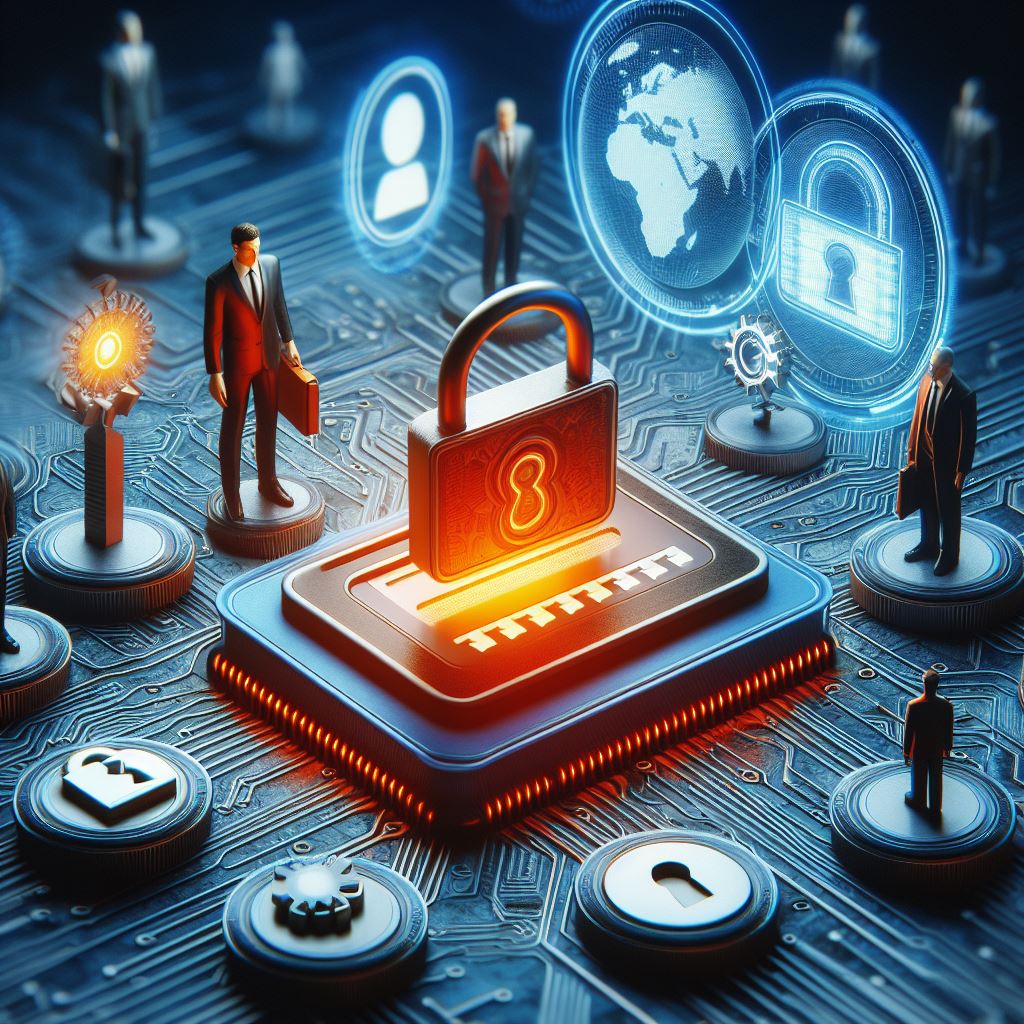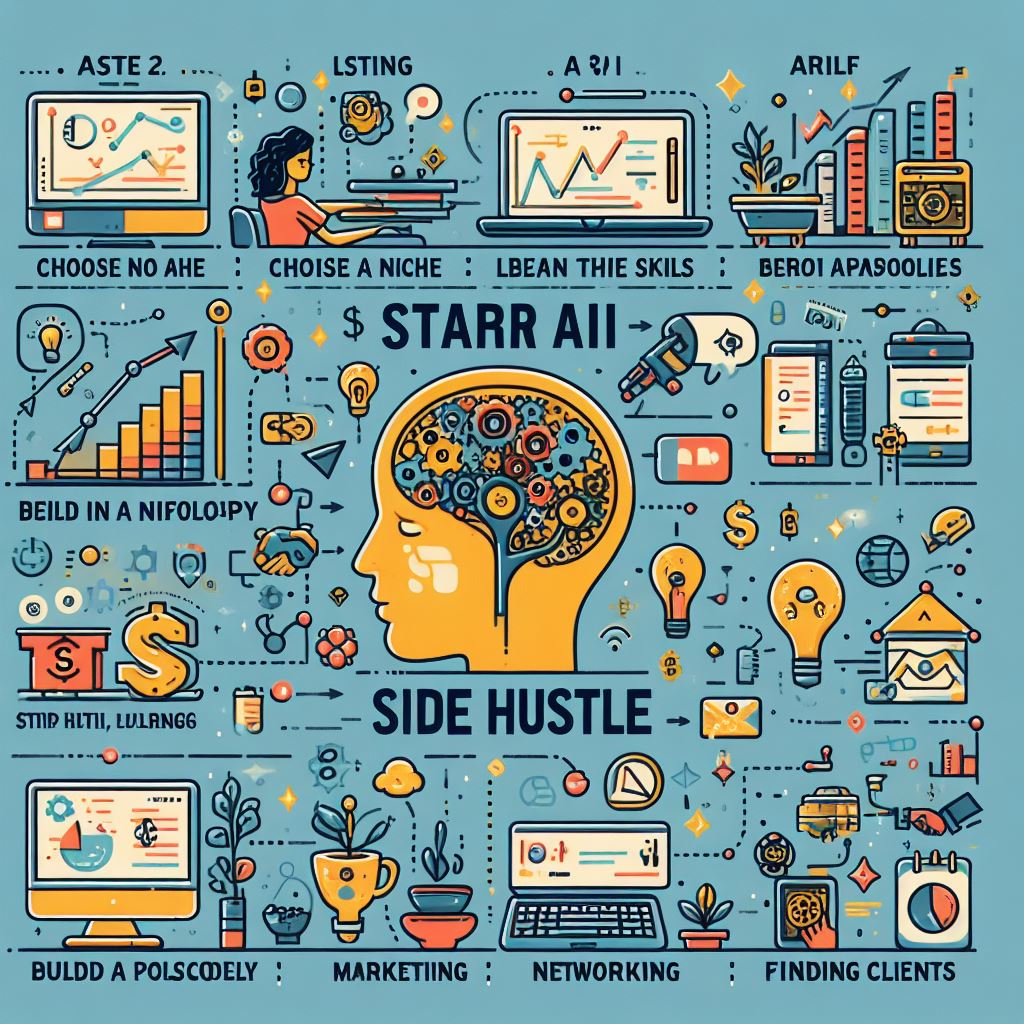
Building a Beautiful and Functional Website or Blog
In today’s digital age, having a strong online presence is no longer a luxury – it’s a necessity. Whether you’re a seasoned entrepreneur, a passionate hobbyist, or an aspiring creative,…

Maximizing Online Security with a Password Manager
In an era where digital security breaches are commonplace, protecting your personal information has never been more critical. Password managers, such as Roboform, offer a robust solution to safeguard your…

AI Side Hustle Startup Guide
Most people start a side hustle when they want to earn a bit of extra money. Sometimes, this supplementary income turns into a career pursuit. Whether you want to work…

Easy Senior Influencer Profits with AI
There are many senior men and women who hear about the various business models and wonder which ones would be most suitable to them. Some are an easy sell, like…

Unlock Your Financial Freedom: 7 Proven Strategies to Make Money Online
Introduction: In today’s digital age, the dream of financial independence is within reach for anyone willing to explore the vast opportunities online. Whether you’re a seasoned entrepreneur or just starting…

How I Accidentally Made an Extra $93,685 (and you can too!)
Get onboard and earn those commissions now!



